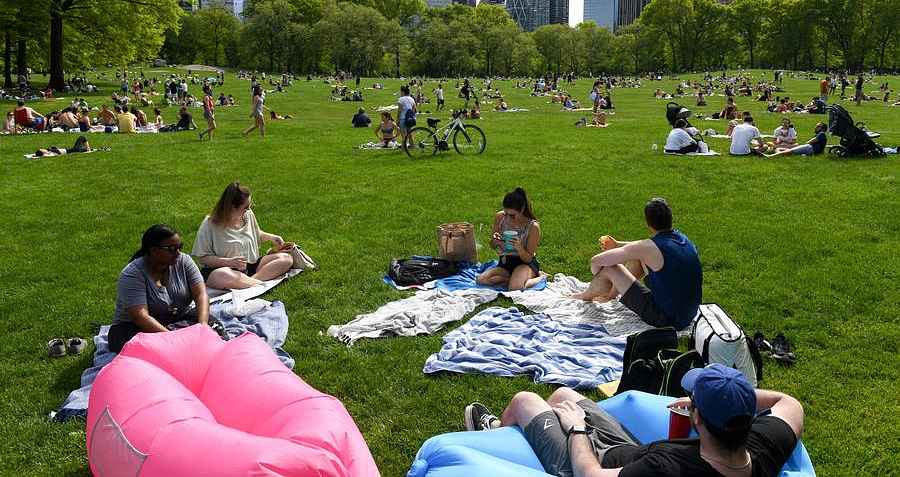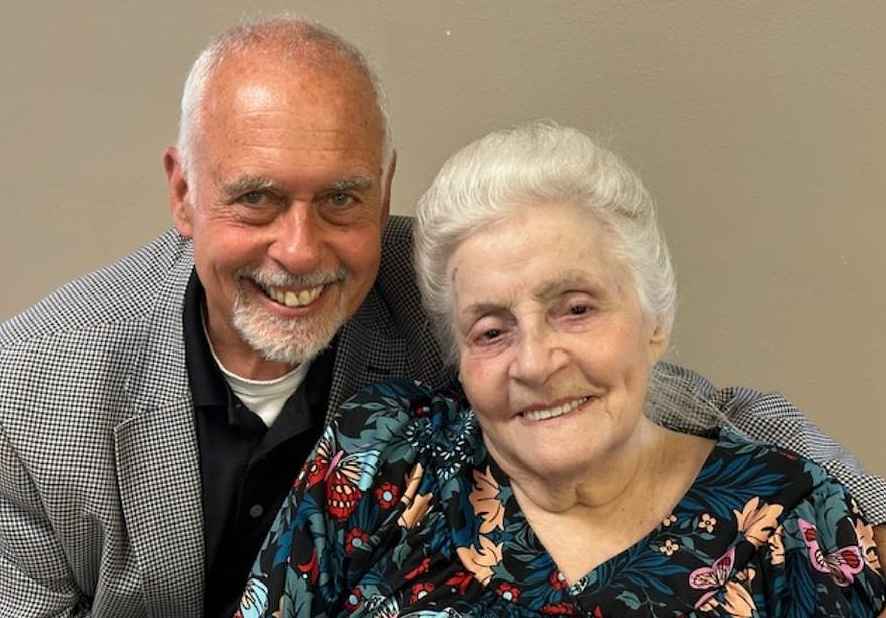
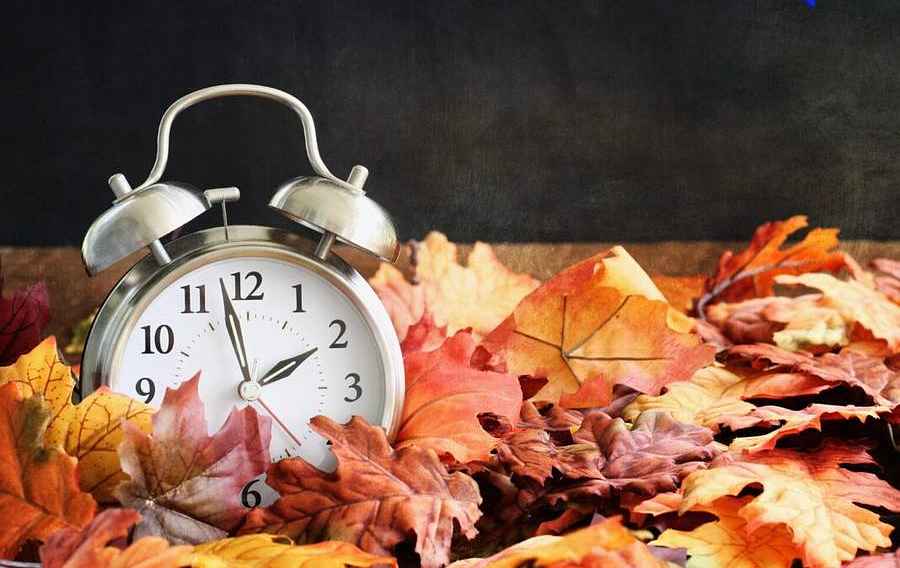
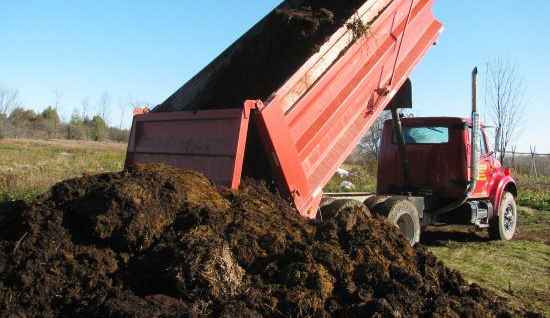


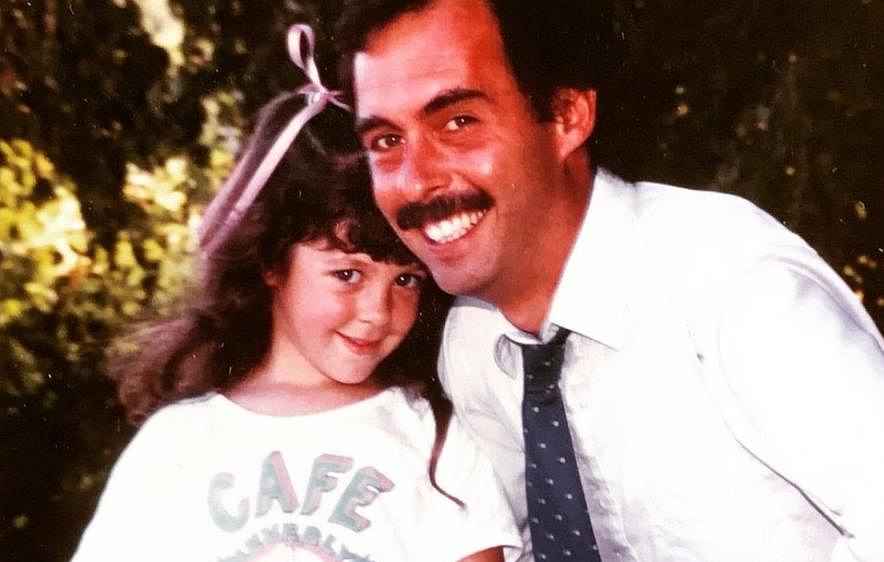

See listing of Recent and Most Popular articles on the Home Page
Health & Wellness
Category: News & Current Events / Topics: Coping • COVID-19 • Current Events, News • Disease • News • Wellness
The Time Factor
Reported by Stu Johnson
Posted: May 24, 2020
Taking care while fighting the isolation of COVID-19 restrictions…
Editor's note: Last night on the PBS weekend news there was a story about people dealing with the islation of COVID-19 by forming social "bubbles" or "quarenteams"—small groups of friends who gather physically while observing social distancing and use of masks. The pressures to escape isolation are causing people to get outside, to gather. With that in mind, a piece on CNN.com by Eric Levenson caught my attention, titled "Staying sfae isn't just about hygience and distance. It's about time, too." Here's a brief excerpt, with a link to the full piece:
By now, you've likely heard the main pieces of advice to avoid the coronavirus.
Wear a mask. Wash your hands with soap. Stay at least 6 feet from others. If you do gather with others, go outside rather than inside.
Still, there's one more aspect to infection that has received less attention. Growing evidence suggests that Covid-19 infection, like with other illnesses, is related to prolonged time exposed to the virus. The longer you stay in an environment that may contain the virus, the higher the risk of getting sick.
Erin Bromage, a comparative immunologist and professor of biology at the University of Massachusetts Dartmouth, summed it up with a short and sweet equation: "Successful Infection = Exposure to Virus x Time."
Bromage's simplified formula was part of a recent blog post explaining ways to lower your risk of catching Covid-19 that has been read over 15 million timesin the past two weeks, he told CNN.
The main idea is that people get infected when they are exposed to a certain amount of viral particles. That viral threshold can be reached by an infected person's sneeze or cough, which releases a large number of viral particles into the air. But an infected person talking or even just breathing still releases some virus into the air, and over a long period of time in an enclosed space, that could still infect others.
"The longer time you spend in that environment -- so minutes or hours in there -- the more virus you breathe in, the more it can build up and then establish infection," Bromage said. "So it's always a balance of exposure and time. If you get a high level of exposure, it's a short time (to infection, and if you get a) low level of exposure, it's a longer time before that infection can establish."
The importance of time exposed to a virus is relevant for all infectious diseases, from measles to tuberculosis to Covid-19, said Dr. Kent Sepkowitz, an infectious disease specialist at Memorial Sloan Kettering Cancer Center in New York.
Indeed, it's the underlying theory behind contact tracing, which tries to locate and contact anyone who has spent prolonged time near an infected person.
Bromage said his simple formula suggests that a short shopping trip comes with a comparatively low risk of infection -- but employees in those same stores for eight-hour shifts have a higher risk.
"Even if there is virus in that environment, you hopefully haven't had that extended time needed to get to that infectious dose. The employees, though, are in that environment all day," he said. "So what wouldn't infect you and I because it didn't get to that infectious dose number, has a much stronger effect or larger effect on an employee that gets that low dose all day."
Read the full article on cnn.com
Posted: May 24, 2020 Accessed 349 times
![]() Go to the list of most recent Health & Wellness Articles
Go to the list of most recent Health & Wellness Articles
![]() Search Health & Wellness (You can expand the search to the entire site)
Search Health & Wellness (You can expand the search to the entire site)
![]() Go to the list of Most Recent and Most Popular Articles across the site (Home Page)
Go to the list of Most Recent and Most Popular Articles across the site (Home Page)
 Loading requested view...
Loading requested view...